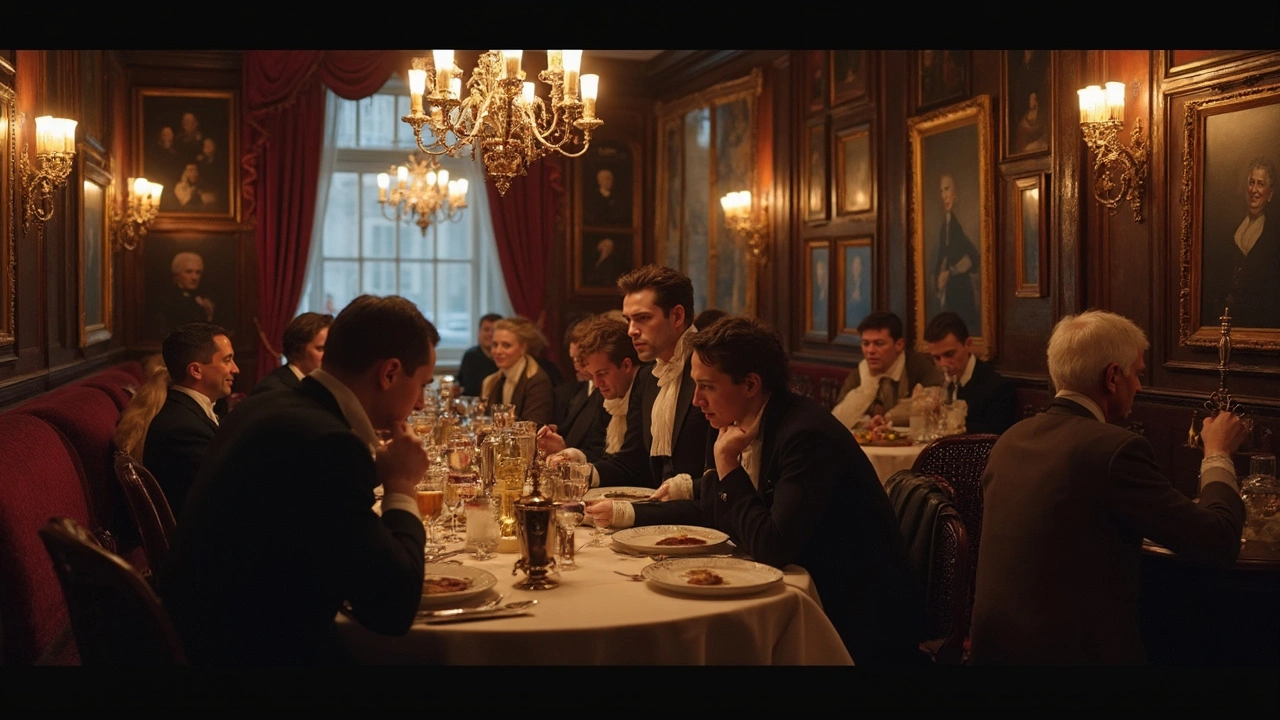
London’s Top Historic Restaurants: Savoring Culinary Heritage in the Capital
Explore London's top restaurants with a rich culinary history, where every meal has a story. This article takes you on a journey through the capital’s legendary dining rooms—from hidden gems with centuries-old recipes to grand establishments where British food icons once dined. Discover valuable tips, local insights, and fascinating facts for Londoners and visitors seeking a real taste of the city’s past. Get personal recommendations that even discerning London foodies might not know about. Uncover why London’s classic eateries are about much more than just what’s on the plate.
View More